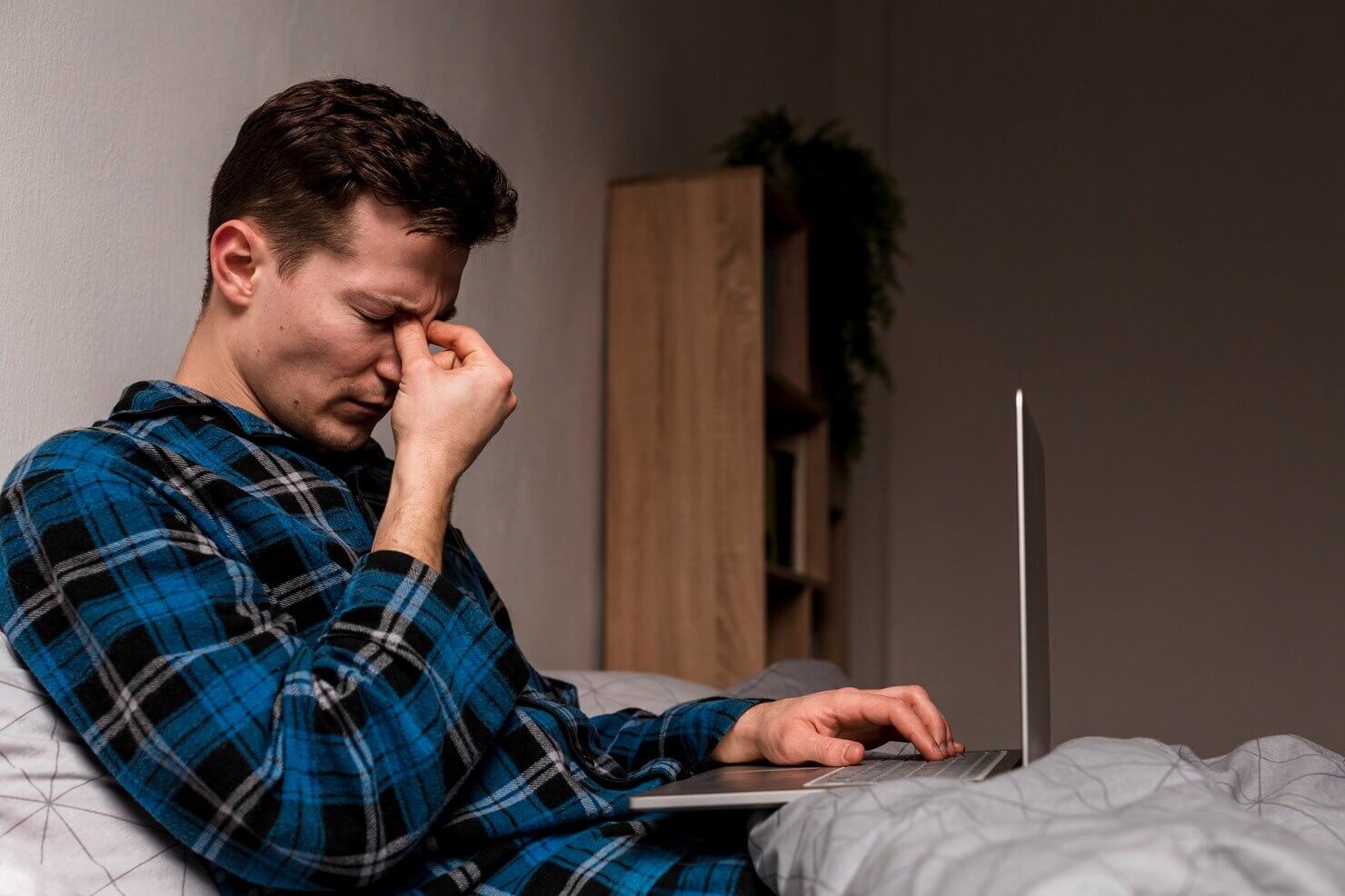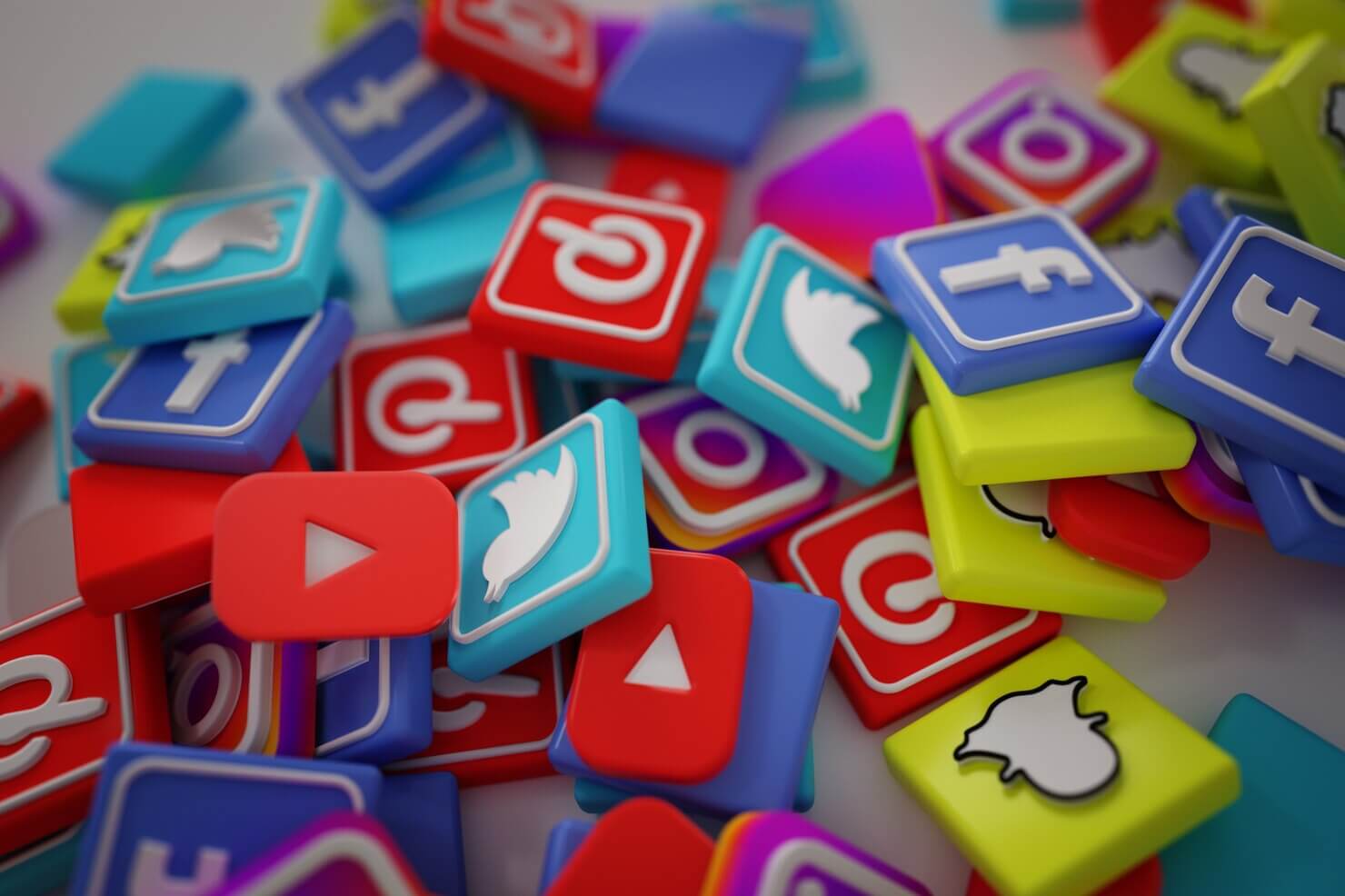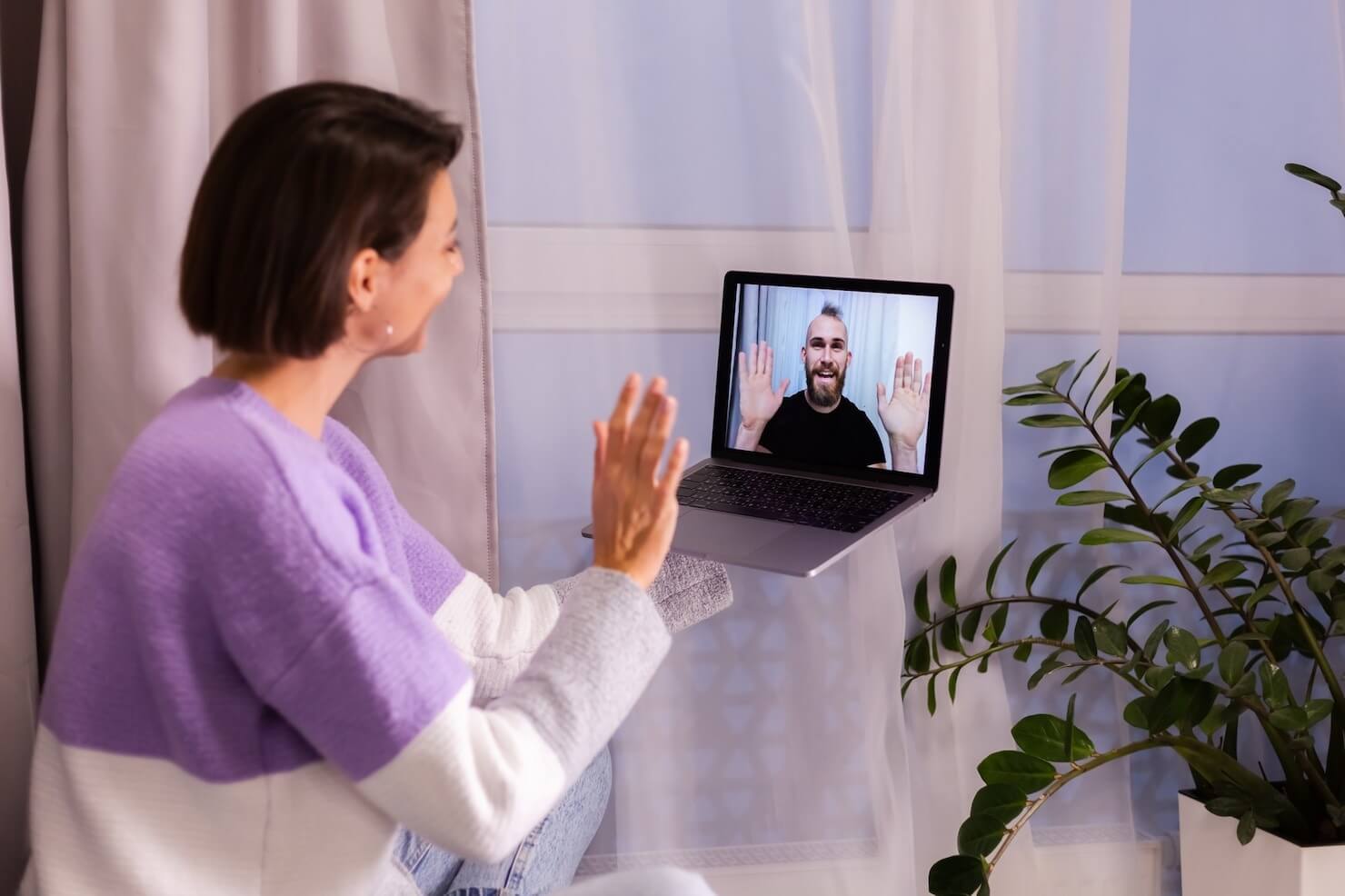In the modern world, exposure to blue light has increased significantly due to the widespread use of digital devices such as smartphones, computers, and LED lighting. Blue light, which is a part of the visible light spectrum, is known to have both positive and negative effects on our health. On one hand, blue light exposure during daylight hours can enhance alertness and improve mood. On the other hand, excessive blue light exposure, especially in the evening, can lead to health concerns like disrupted sleep, eye strain, and even potential long-term vision problems.
In this article, we’ll explore how blue light affects your health, particularly in the digital age, and what steps you can take to protect yourself from its negative effects.
What is Blue Light?
Blue light is a high-energy, short-wavelength light (ranging from 380 to 500 nanometers) that is naturally emitted by the sun. It’s part of the visible light spectrum and helps regulate our sleep-wake cycle, also known as the circadian rhythm. While exposure to blue light during the daytime is essential for maintaining alertness, excessive exposure in the evening can interfere with sleep and cause other health issues.
In the past, our exposure to blue light was limited to sunlight, but with the advent of digital screens and energy-efficient lighting, we are now exposed to more blue light than ever before. LED screens, smartphones, and even indoor lighting emit blue light, which can have cumulative effects on our health.
How Blue Light Affects Your Health
1. Disrupts Sleep Patterns
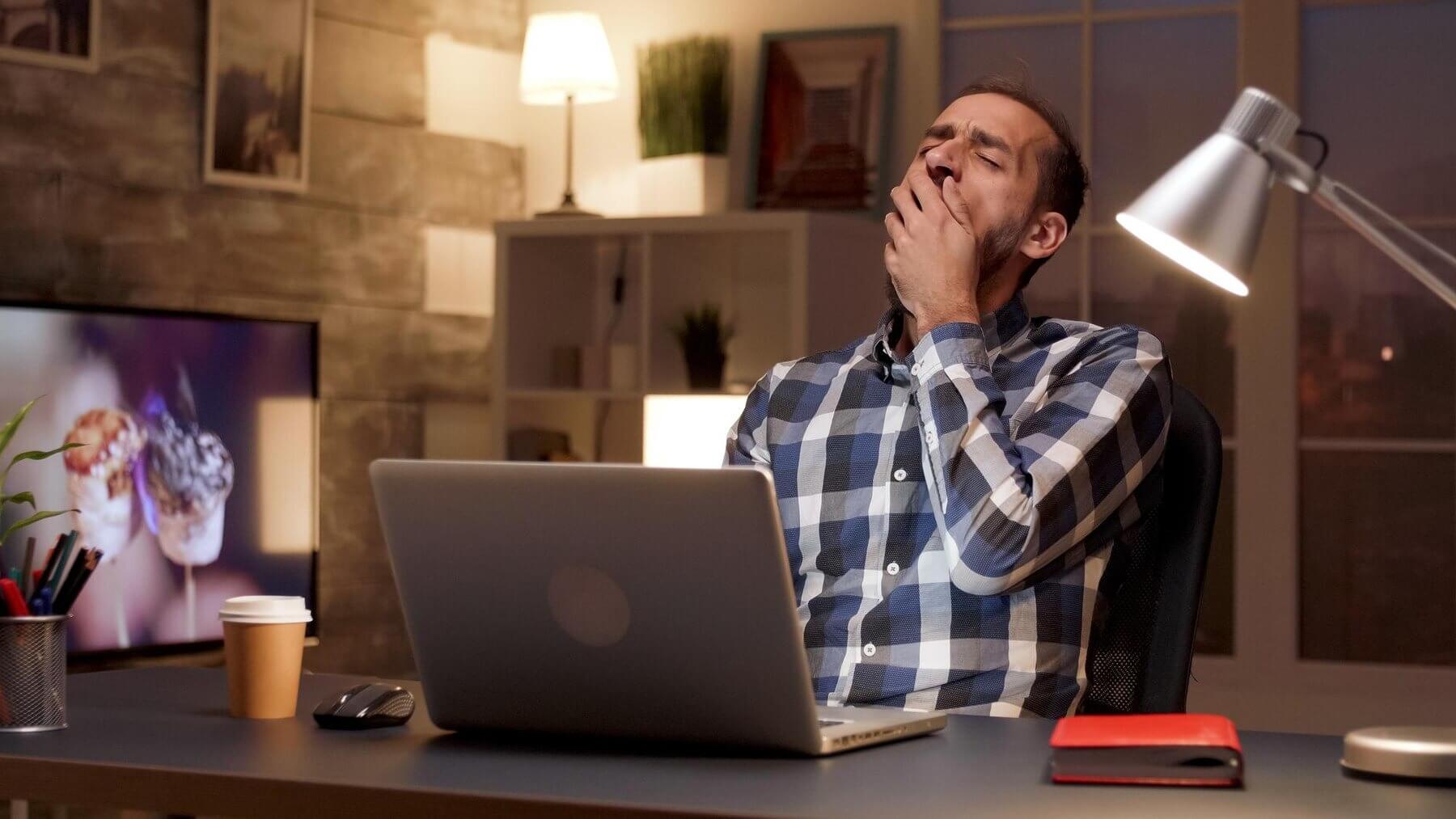
One of the most well-known effects of blue light is its ability to interfere with sleep. Blue light exposure in the evening can suppress the production of melatonin, the hormone that regulates sleep. When melatonin levels are low, it becomes harder to fall asleep, leading to insomnia and poor-quality sleep.
Many people use smartphones, laptops, or tablets before bed, which exposes them to high levels of blue light right before they try to sleep. This exposure confuses the brain into thinking it is still daytime, thereby disrupting the circadian rhythm. As a result, individuals may have difficulty falling asleep or experience fragmented sleep throughout the night.
2. Increases the Risk of Digital Eye Strain
With the increase in screen time comes a higher risk of digital eye strain. Spending long hours in front of digital screens can cause symptoms like headaches, dry eyes, blurred vision, and neck or shoulder pain. Blue light plays a significant role in digital eye strain because it scatters more easily than other types of visible light, making it harder for the eyes to focus.
This scattering effect forces the eyes to work harder, leading to fatigue and discomfort, especially after extended periods of use.
3. May Contribute to Macular Degeneration
There is ongoing research on the long-term effects of blue light exposure, and some studies suggest that excessive exposure to blue light may contribute to age-related macular degeneration (AMD). The retina, which is the light-sensitive layer of tissue at the back of the eye, can be damaged by long-term exposure to blue light, potentially leading to vision problems in the future.
While more research is needed to fully understand the connection, the potential risk of macular degeneration from blue light is another reason to limit exposure, especially for those who spend prolonged hours in front of screens.
4. Impacts Mental Health and Mood
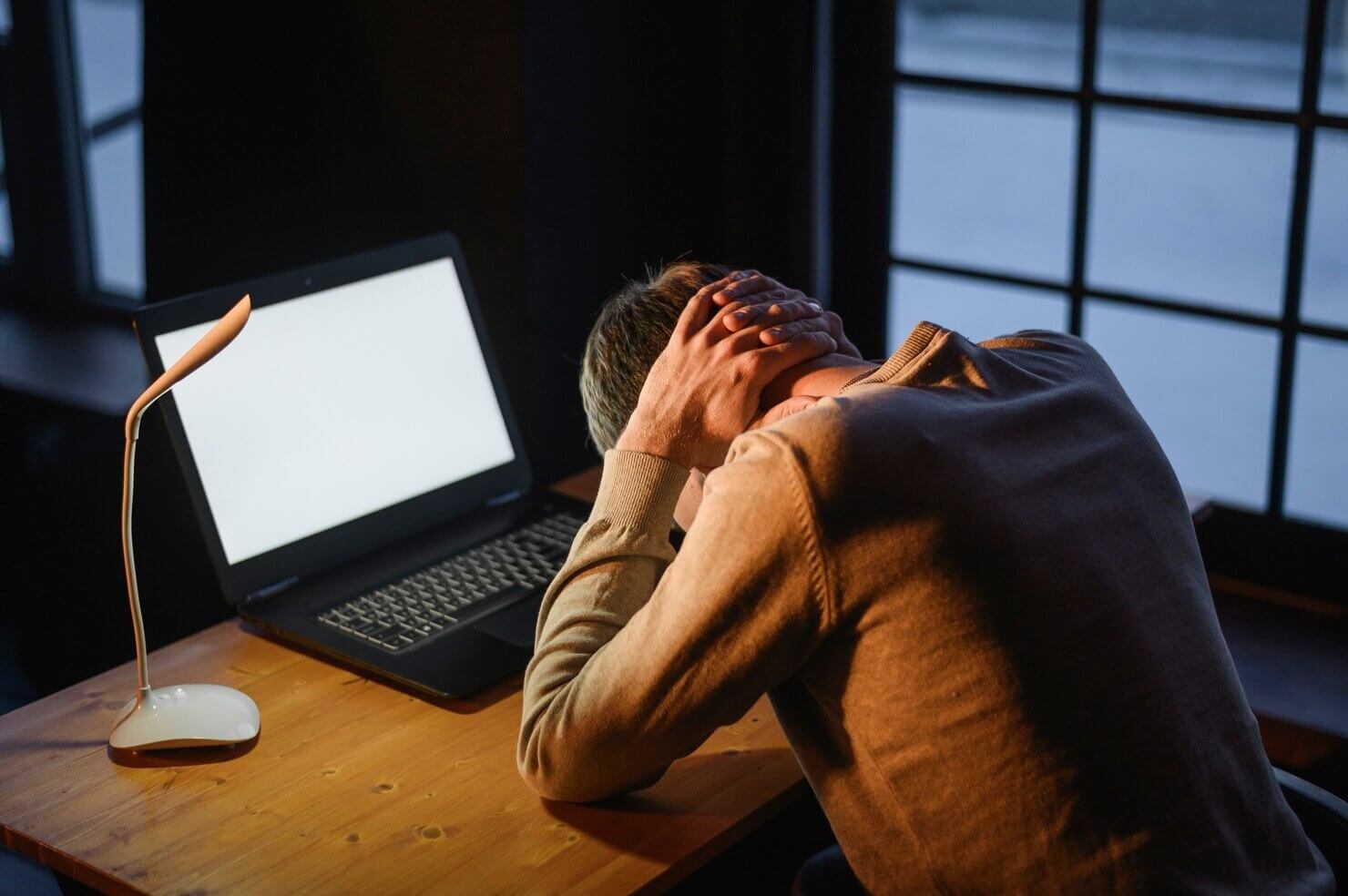
Interestingly, blue light doesn’t just affect our physical health—it can also impact our mental health. Daytime exposure to blue light has been shown to boost mood and increase cognitive function, which is why it’s helpful to get natural sunlight exposure during the day.
However, excessive exposure to artificial blue light from screens, particularly at night, can lead to increased stress, anxiety, and even depression. This is likely due to the disruption of sleep patterns, as poor sleep is linked to various mental health issues.
Solutions for Managing Blue Light Exposure
The good news is that there are several effective strategies for managing blue light exposure in the digital age. Here’s how you can protect your eyes and overall health:
1. Use Blue Light Blocking Glasses
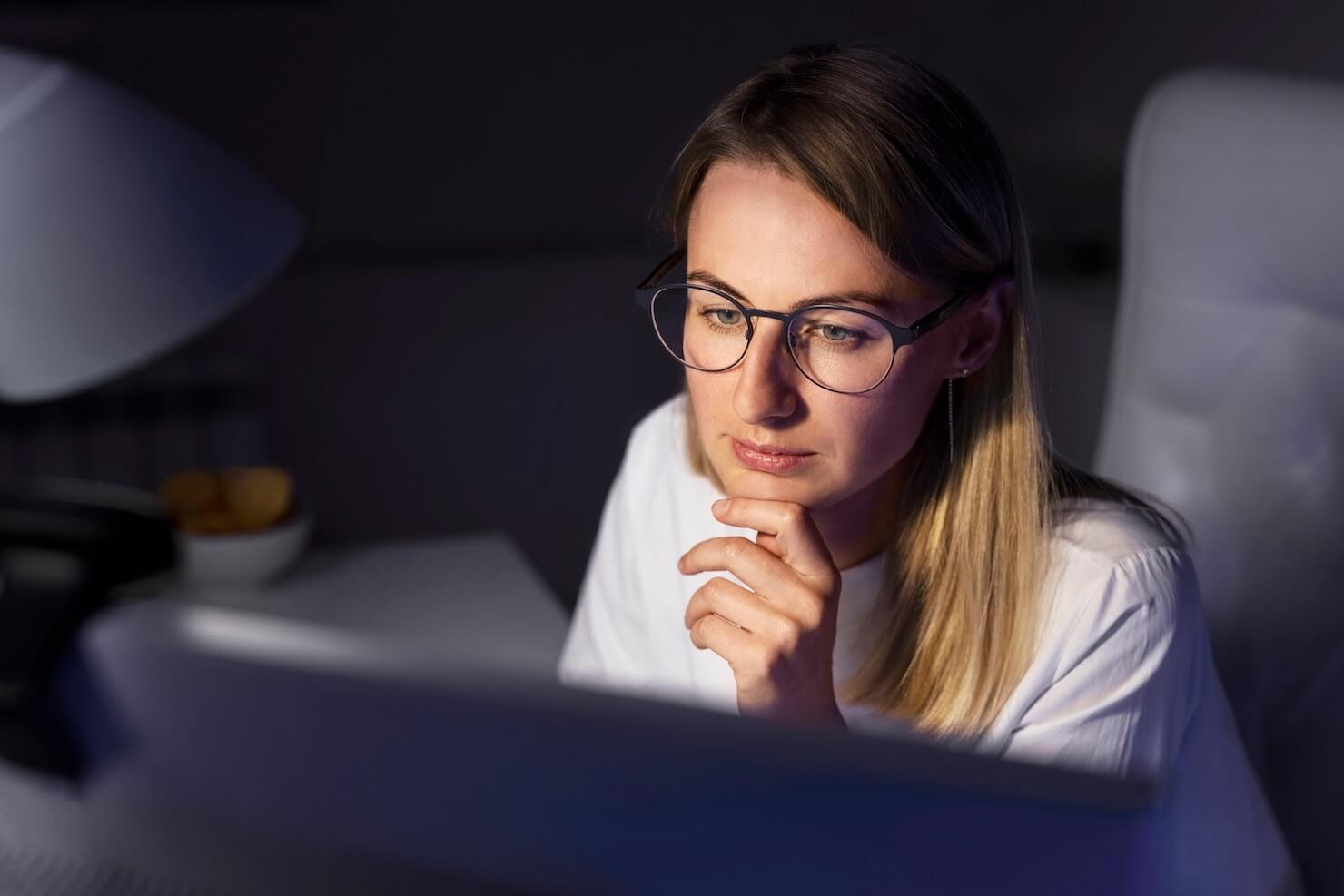
Blue light blocking glasses have become increasingly popular as a simple solution to protect your eyes from screen exposure. These glasses are designed to filter out blue light, reducing eye strain and minimizing its impact on sleep. Many options are available, ranging from prescription lenses to over-the-counter blue light blockers.
2. Enable Night Mode on Devices
Most modern smartphones, computers, and tablets come with a “night mode” or “blue light filter” setting. These settings reduce the amount of blue light emitted from the screen during the evening. The display typically shifts to warmer, redder tones, which are less likely to interfere with melatonin production and sleep.
3. Limit Screen Time Before Bed
One of the most effective ways to reduce blue light exposure is to limit screen time, especially in the hours leading up to bedtime. Aim to power down devices at least an hour before bed to give your body enough time to wind down and naturally prepare for sleep.
4. Invest in Blue Light Filters for Screens
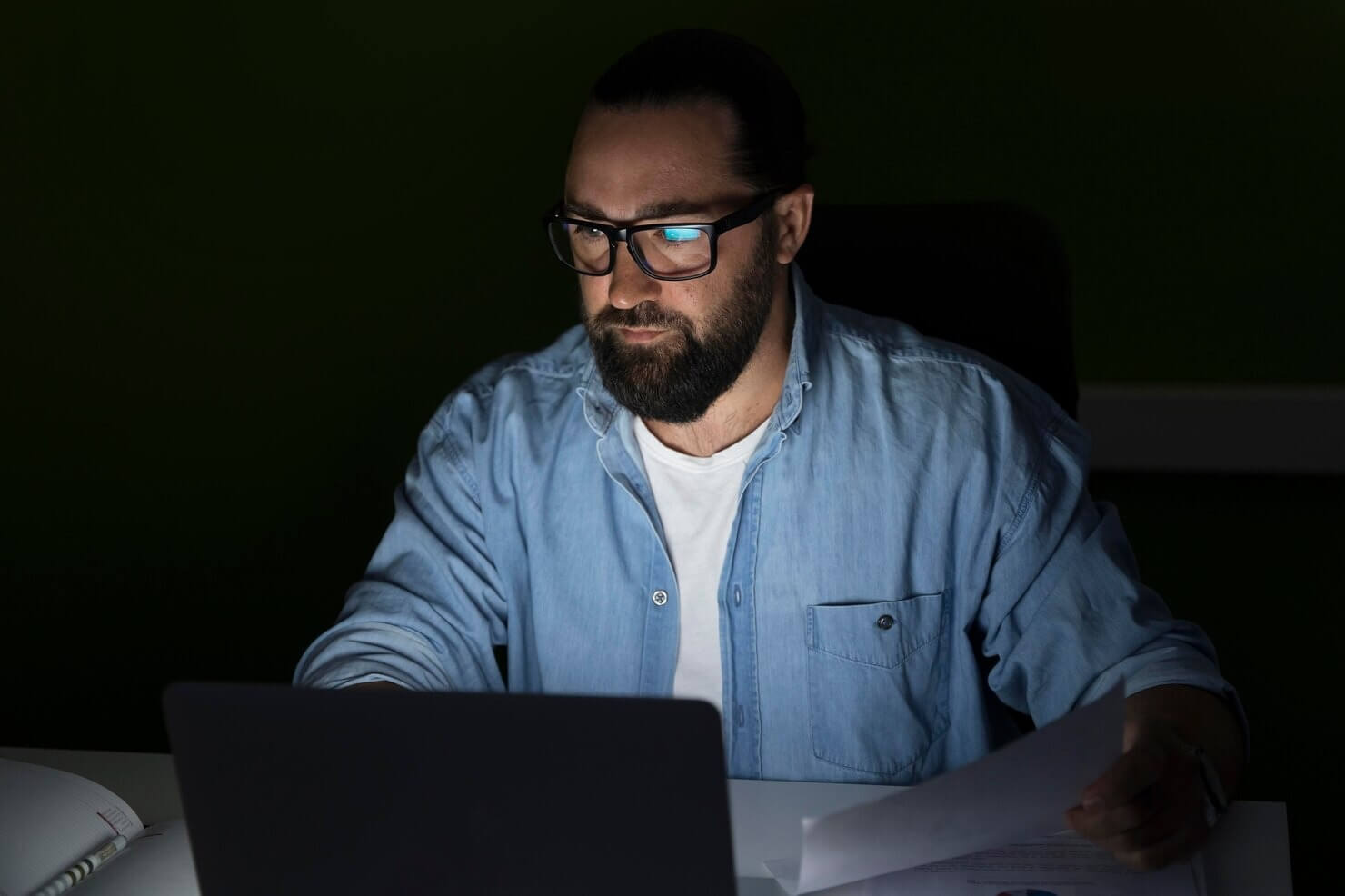
If you spend long hours in front of a computer, consider investing in blue light filters for your devices. These filters are available for laptops, desktops, and even smartphones, and they can significantly reduce the amount of blue light emitted from the screen.
5. Increase Natural Light Exposure During the Day
Spending time outdoors and getting natural sunlight during the day can help regulate your circadian rhythm. Natural blue light from the sun helps keep you alert during the day, which in turn makes it easier to wind down at night. Try to take breaks throughout the day to get outside, especially if you work in an office or spend long hours indoors.
6. Practice the 20-20-20 Rule
To reduce digital eye strain, follow the 20-20-20 rule: every 20 minutes, look away from your screen at something that is 20 feet away for at least 20 seconds. This simple habit can reduce eye fatigue and give your eyes a much-needed break from the constant exposure to blue light.
Frequently Asked Questions (FAQs)
Q1: What is blue light, and where does it come from?
Blue light is a high-energy light that is part of the visible light spectrum. It is naturally emitted by the sun but is also found in digital screens, LED lighting, and fluorescent lighting.
Q2: How does blue light affect sleep?
Blue light interferes with the production of melatonin, a hormone that regulates sleep. Exposure to blue light in the evening can disrupt your sleep patterns, making it harder to fall asleep and leading to poor sleep quality.
Q3: Are blue light blocking glasses effective?
Yes, blue light blocking glasses can reduce the amount of blue light that reaches your eyes, which can help reduce digital eye strain and improve sleep quality when used during screen time, especially in the evening.
Q4: Can blue light cause long-term eye damage?
There is ongoing research about the long-term effects of blue light exposure, but some studies suggest that excessive exposure may contribute to age-related macular degeneration (AMD). It is advisable to limit exposure to protect your eyes.
Q5: What can I do to reduce blue light exposure before bed?
To reduce blue light exposure before bed, avoid screens for at least an hour before sleeping, use night mode on your devices, and consider wearing blue light blocking glasses in the evening.

